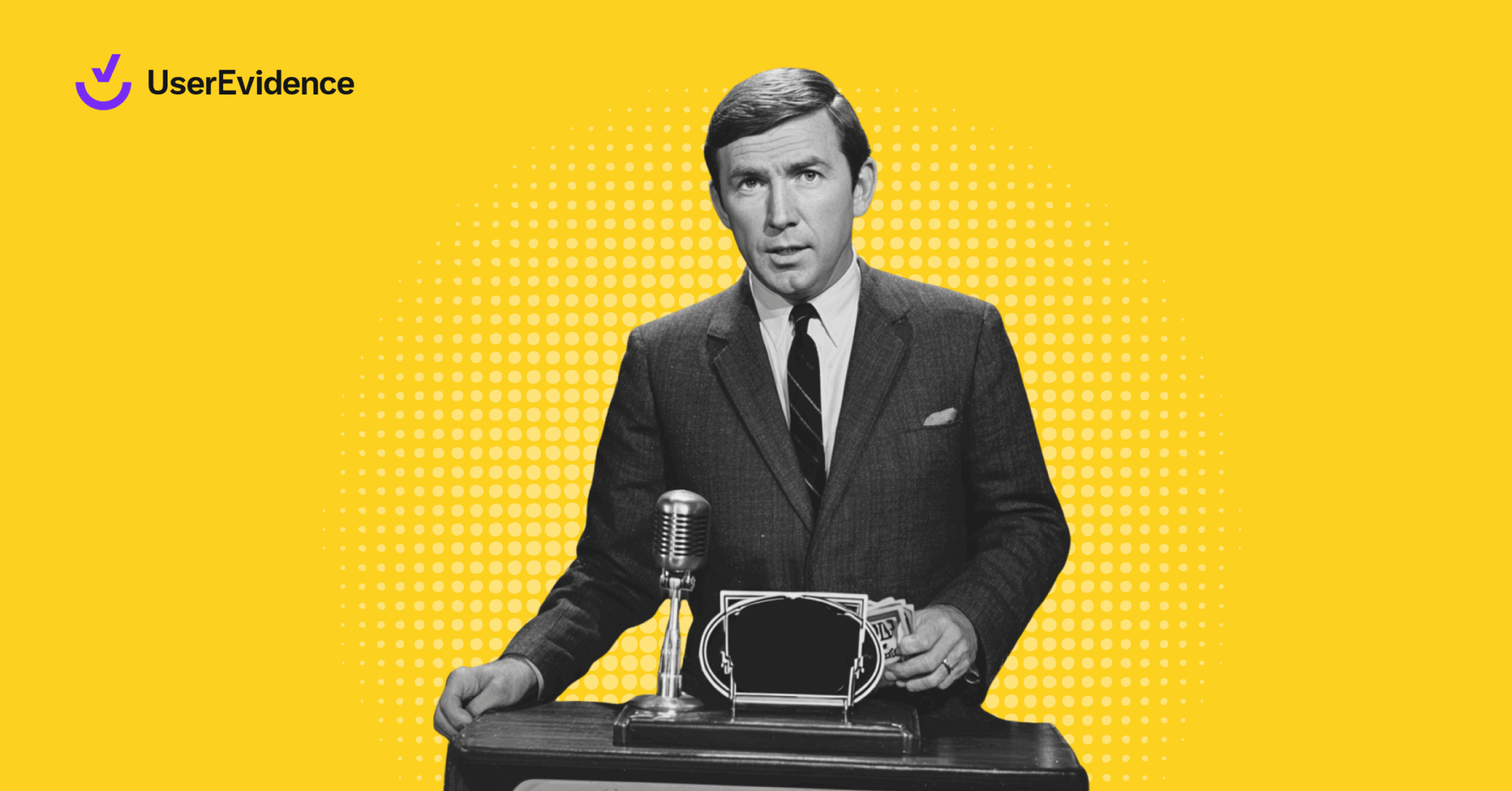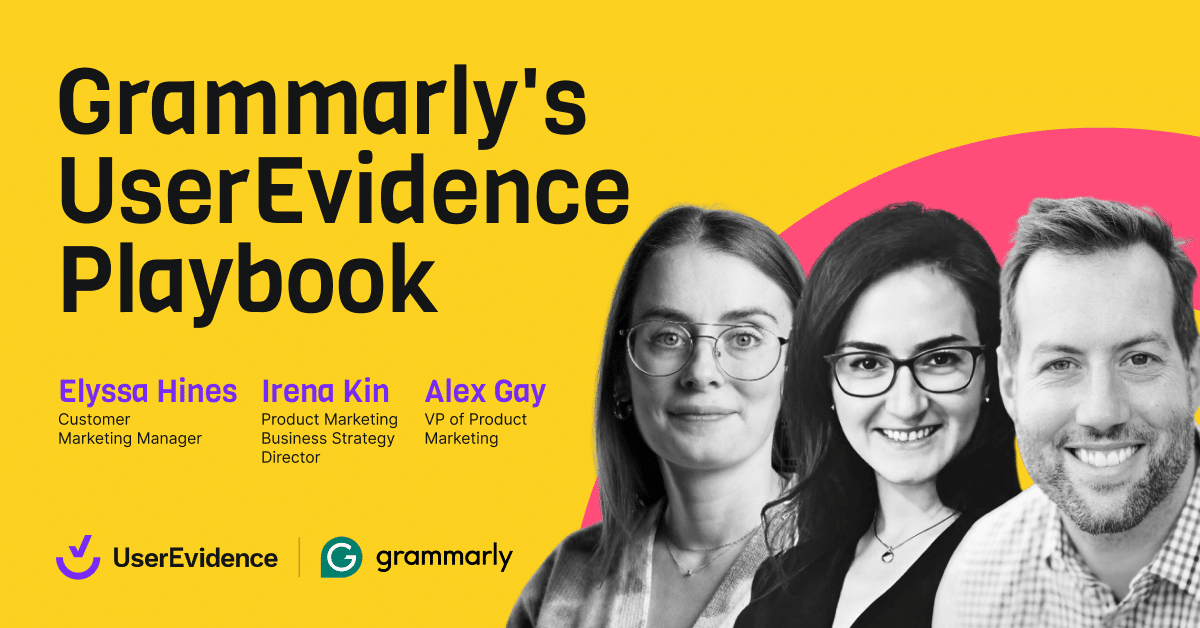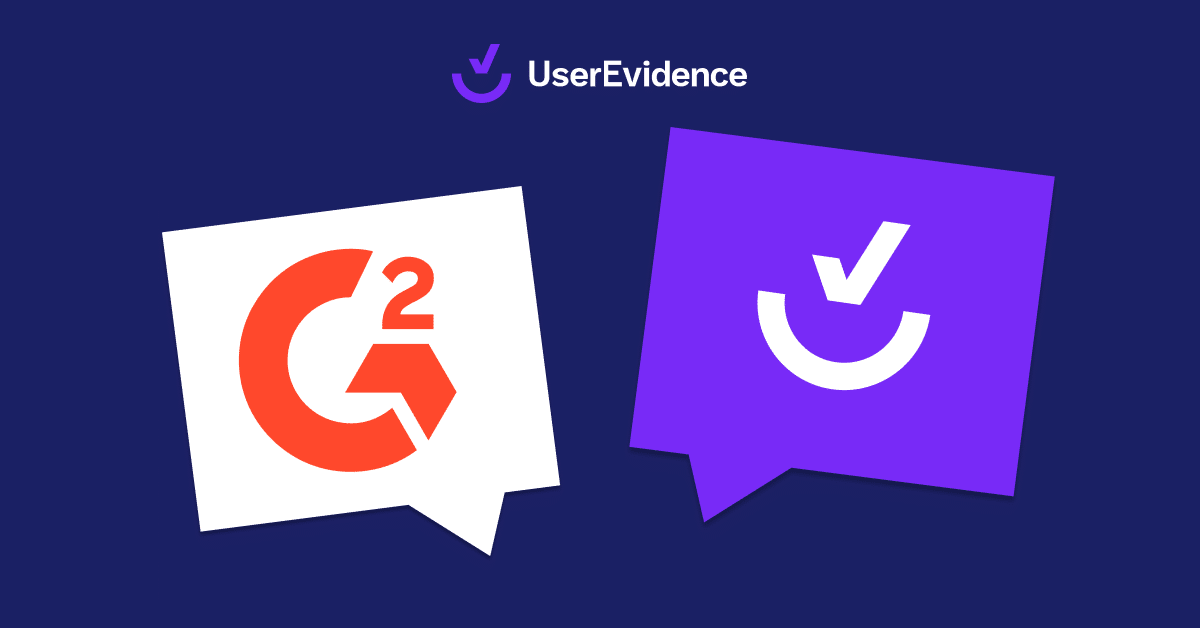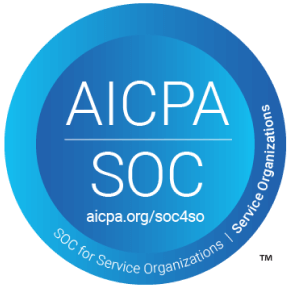The TL;DR
As trust in the B2B world dips and deal complexity rises, customer evidence is more important than ever for GTM teams. But how do you get that much-needed evidence in your team’s hands?
We sat down with Cache Walker, Director of Customer Marketing at Trellix, to explore his take on building customer evidence libraries as a way to scale and democratize the process.
Don’t have time to read the whole thing? Start by assessing how much of your current customer stories, data points, and collateral fit into one of these buckets:
- Context: Evidence that shows how the product works in specific instances and use cases.
- Validation: Evidence that validates that the solution works as promised.
- Trust: Evidence that assures buyers they can trust the solution and the team behind it.
Want to go deeper than that? Here are the key topics:
- What a customer evidence library actually is
- Cache’s three buckets of customer evidence
- How to make customer evidence accessible and easy to use
- Ways to keep your library top of mind with your teams
Trust in B2B has always been shaky, but it’s so low right now that The Federal Trade Commission (FTC) laid the hammer down recently by officially banning fake reviews and testimonials.
This rising skepticism—and government intervention—is enough to create an uphill battle even the seasoned marketers struggle with, but other factors are making it even harder. Deals are more complex, buying committees now include more hard-to-convince stakeholders, and buyers are asking vendors for more statistical evidence as part of their due diligence to protect their budget—and, to some extent, their jobs.
So, how can you navigate these challenges?
With verified ROI—and here’s proof (pun intended): Two-thirds of buyers (67%) in our Evidence Gap Report said that the most important factor when evaluating software is a compelling and statistically significant business case around potential ROI.
Despite this demand, most go-to-market (GTM) teams struggle to deliver, with our report also finding that 67% of sellers have experienced a stalled deal because they couldn’t produce the relevant and timely customer evidence needed to woo buyers.
The need for verified customer evidence is clear, as is the need for an easy-to-use library that empowers GTM teams to access and apply it.
This topic has been top of mind for me as I’ve been working to put the Closing The Evidence Gap guide together (which tells you exactly how we do this at UserEvidence), and alongside that I wanted to get an outside-of-UserEvidence perspective. So we sat down with Cache Walker, Director of Customer Marketing at Trellix, to get his take how companies can build and scale customer evidence libraries their GTM teams will actually use.
First…Check out Trellix’s customer evidence library
If you need a quick rundown of what exactly a customer library is, it’s a collection of statements or statistics, straight from verified buyers, that prove the value of your product or service–in a library that’s easily accessible to your whole GTM team. Check out Trellix’s customer evidence library (powered by UserEvidence) here if you want a little context before diving into the good stuff with Cache.

Sharing the “why” behind Trellix’s customer evidence library
It’s not hard to see why there’s a gap between what sales teams need, what buyers want, and what your marketing team is providing.
Beyond the usual challenges plaguing marketers—collecting evidence, a shortage of customers willing to participate, and analysis paralysis—Cache points to another hurdle making customer evidence libraries a troublesome initiative for some: They’re a mystery, which Cache has experienced firsthand throughout his career.
“One of the biggest challenges when it comes to building a customer evidence library—and something I saw at Oracle—is that they seem so big,” Cache explained, “Most GTM teams understand the value of this evidence, but they’re left asking questions like, ‘How could we get quotes? Where do they live? How do we organize it? And how can teams access it?”
His point: For many companies dipping their toes in, the process can feel overwhelming. Fortunately, Cache says they can simplify it by breaking customer evidence down into three distinct buckets.
Cache’s buckets of customer evidence
- Context: Customer evidence that shows how the product works in specific instances and use cases.
- Example: “Being in financial services, building trust with our clients is a major priority. We wouldn’t be able to do that without this solution.”
- Validation: Customer evidence that validates that the solution works as promised.
- Example: 79% of customers said they saw ROI within 6 months of implementation
- Trust: Customer evidence that assures buyers they can trust the solution and the team behind it.
- Example: 92% of our customers said our support team was fantastic
From there, the evidence goes into a customer evidence library, which we define as a centralized collection of testimonials, quotes, and ROI statistics where GTM teams can quickly search and find verified proof to build buyer trust. (Here’s an example of ours at UserEvidence–built in UserEvidence, obviously.)
Looking through this lens, Cache says you can show your teams that customer evidence—and libraries—aren’t phantom things. They’re simple and straightforward resources that make their jobs easier.
Cache’s keys to building and scaling customer evidence libraries
Spend time with Cache, and you’ll quickly note his knack for turning complex ideas into digestible explanations. His approach to building and scaling customer evidence libraries is no exception.
Take a modular approach
“I think the best way to think about evidence libraries is that everything is modular,” Cache tells us. “A customer quote might be one point of validation, but you can build your library to combine and customize each piece into something greater.”
Cache likens this approach to LEGO, with each point, quote, or stat representing a block you can use to build whatever you need to build trust with your buyers. “For example,” he continued, “if you need a customer story about a retail business that’s used your product, you can pull together multiple quotes or validation points to create a full narrative.”
This modular approach makes building libraries more straightforward and scalable, but Cache points to another benefit your customers will love.
By thinking modularly, you no longer have to ask your customers to contribute to a lengthy PDF with a pre-defined narrative. Instead, you can simply invite them to share their stories—directly or via a survey—gather validation points (your LEGO blocks) and add them to your library (your LEGO bin).
Plus, by opting for a modular approach, you can deliver content in a variety of formats, like testimonials and quantifiable ROI stats. After all, it won’t take a complete case study to convince everyone; sometimes, a quote or a quick stat will do the trick.
Democratize access to your library
“My philosophy is to democratize our library and make everything available to everyone,” Cache shares. “For example, I can’t just make one deck or use a single set of quotes for the public sector because those assets might only be useful for one region.” (For context, Trellix has a global customer base.)
Cache focuses on ensuring his evidence is broadly applicable—and then ensures it’s easy to find and use within a well-organized, tagged, and searchable library or microsite.
But Cache is quick to mention that you can’t assume your teams will fish in your library. “That’s why you should also have your evidence flowing into your website and sales enablement tools, like Seismic or Highspot, and featured in press releases and on social media,” he shared.
That way, you’re putting the on-brand evidence your teams need at every point of their workflow, whether for closing more deals, gaining competitive insights, or driving conversions.
“You need to make it simple enough for your teams to find what they need without sorting through a mountain of quotes and content,” Cache adds. “They need a clear entry point where they can access as little or as much as they need.”
Even with the most thoughtful, organized, and comprehensive customer evidence library, you’re up a creek without a paddle if your teams aren’t actively using it.
If you feel that pain, here’s Cache’s advice: “You want your content embedded directly into their motions because your team isn’t going to piece together that X plus Y equals Z; you have to show them that and ensure it’s embedded into their processes.”
While Cache is referring to Sales in that example, his advice applies across the board. If your Marketing team doesn’t know how to access or leverage your library for their jobs, they won’t use it, either. The same goes for your Product Marketing team or any other team you’re building.
So, how do you make sure your teams use your library? Cache offers a few tips:
- Establish a regular cadence of posting your customer evidence on your company’s social media to keep your library top-of-mind with GTM teams
- Send frequent emails explaining what each piece of evidence covers and how to use it in their workflows
- Incorporate enablement into employee onboarding and training
- Highlight success stories where other team members win with evidence
- Use our Share functionality to give your teams instant access to assets directly in Slack
And remember: The evidence you share doesn’t have to come with a big-name logo to make an impact.
“The recognizable name helps build trust,” Cache shares, “but what matters is showing validation. For example, you could tell a top 50 hotel chain, ‘We’ve done X, Y, and Z for a similar organization’ and show them proof points from UserEvidence.”
“And then, when Sales puts that evidence on a screen during a presentation, the prospect thinks, ‘Oh, yep, you’ve got us covered.’”
Give your teams something to wrap their arms around
“Customer evidence should be viewed as fuel,” Cache says. “You don’t always know when or why you’ll need more. You might need it to keep things moving, to reaccelerate a deal, or to pivot in a new direction. But by treating customer evidence as fuel—in a modular and accessible way—you can help your team in where to go next.”
Exactly, Cache.
But before you get there, you must show your teams that these programs and the libraries they’re built on are within reach. They’re not phantom resources, but real, tangible tools teams can wrap their arms around and use. And once they do that, Cache says, they’ll embrace it.
Want to learn more about how UserEvidence can help you embrace a modular approach to advocacy? Check out our Demo Ranch to see how it works. Or, if you’re just looking for tactical goods, I dive even more in depth into how to create, curate, and share customer evidence to accelerate deals in our Closing The Evidence Gap guide.





